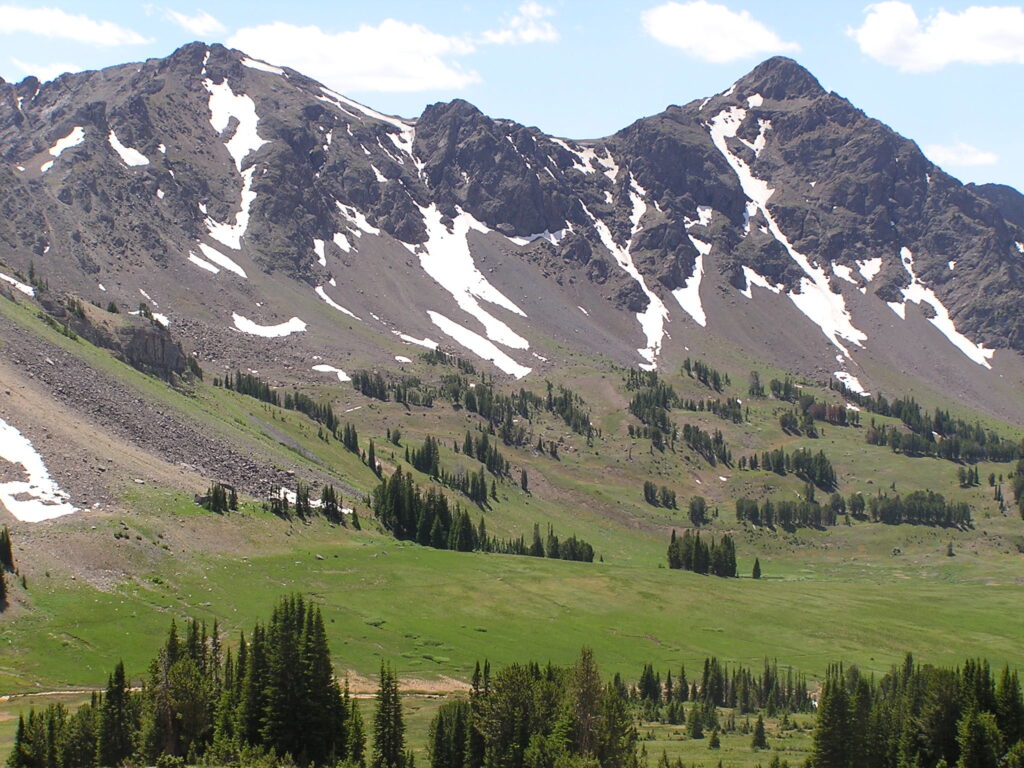A public comment submitted by PERC to the U.S. Forest Service in support of the Custer Gallatin National Forest recreation fee proposal.
The Property and Environment Research Center (PERC) respectfully submits the following comment on the proposed recreation fee increase in the Custer Gallatin National Forest. PERC is a 40-year-old nonprofit research institute located in Bozeman, Montana, dedicated to enhancing environmental conservation using property rights and markets. PERC’s staff and associated scholars conduct original research that applies market-based principles to solve environmental problems in a cooperative manner, with an emphasis on public land and recreation issues. Our researchers have long documented the benefits of recreation fees to public land management.
We write to express support for increasing recreation fees at campgrounds, cabins/lookouts, and other fee areas in the Custer Gallatin National Forest. By increasing fees, the Custer Gallatin National Forest will receive additional fee revenues that will go to address critical management needs in the forest, ultimately benefiting both recreational users and forest managers. In this comment we wish to highlight the benefits of fee revenues on public lands, as well as emphasize the needs that increased fee revenues can address.
Charging fees for use of public lands is grounded in logic and has multiple benefits. First, revenue from visitors has become a significant funding source for some public land recreation sites in recent years, and these revenues bring advantages.[1] Fee revenues can help improve management, which makes for a better overall experience on our public lands, and these funds are not subject to political considerations that can influence the congressional appropriations that fund most public land management. Second, visitors significantly impact public lands and add costs, from staffing requirements, to outhouse cleaning, to signage needs, to general wear and tear on facilities. Fee revenues help cover these costs. Third, it’s logical that the people who benefit from recreation opportunities should directly support the provision of them, which a fee system helps accomplish.
Currently, our national forest needs our help. Recent figures from the U.S. Forest Service reveal that the Custer Gallatin National Forest faces more than $62 million of deferred maintenance needs.[2] Across Region 1, that number totals more than $880 million. Though congressional appropriations and the recently passed Great American Outdoors Act provide resources to address these needs, they will not solve the whole maintenance problem. Recreation fees help augment funding that can help address such needs.
Increasing recreation fees will directly benefit the Custer Gallatin National Forest and allow forest managers to provide better visitor experiences. Under the Federal Lands Recreation Enhancement Act, the Custer Gallatin is able to retain 95 percent of the fees collected at local campgrounds, cabins, and ski areas.[3] Incentives matter in public land management. Dedicated user fees, as opposed to general tax appropriations, change the incentives to make forest supervisors and users more like true public land owners with a greater stake in how those fees are directed. Increasing the fees to levels comparable with similar sites will mean more money going directly to the managers of the Custer Gallatin National Forest to reinvest in the long-term stewardship of its sites. As owners and users of public lands, it is our responsibility to ensure these recreation resources are available for years to come and do not fall into further disrepair.
The Forest Service is not allowed to charge for general access under the Federal Lands Recreation Enhancement Act. As a result, if the agency wishes to increase fee revenues so that it can fund visitor-related projects, it must look to amenity fees. This reality could explain why the agency is proposing fee increases for use of its developed recreation facilities that are relatively large in percentage terms. A modest entry fee could help spread the costs of visitation across a broader range of users, but such reform is outside the jurisdiction of the Forest Service and would require an act of Congress.
Given the growing fiscal needs and increasing visitor impacts in our national forests, we commend the agency for looking to its system of recreation fees as a funding tool that can improve management and maintenance. By raising amenity fees, the Forest Service can ensure the Custer Gallatin National Forest has the flexible funding needed to take care of our public resources now and into the future.
[1] See PERC, The Future of Outdoor Recreation Funding. Available at: https://www.perc.org/about-us/what-we-do/current-initiatives/the-future-of-outdoor-recreation-funding/
[2] See USDA Forest Service, FY2018 Deferred Maintenance By Asset Type. Available at: https://www.congress.gov/116/meeting/house/109295/documents/HHRG-116-II10-20190410-QFR003.pdf
[3] See Custer Gallatin National Forest Seeks Comment, Recreation Fee Proposal. Available at: https://www.fs.usda.gov/detail/custergallatin/news-events/?cid=FSEPRD760409



